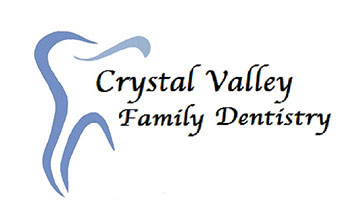
Repairing Jawbones With Bone Grafts
A dental bone graft procedure helps rebuild or repair receding or damaged jaw bone. A graft can be taken from a different spot of your own body, or received from a donor. If you are looking into getting dental implants, but have an insufficient amount of jaw bone due to periodontal disease or trauma, you may first need a bone graft. This promotes stability and will allow the jaw and teeth to function like normal.
What changes jaw bone size?:
- Periodontal Disease and Infections: Periodontal disease can spread into the jaw bone and cause it to recede. This causes tooth loss and needs to be treated immediately.
- Tooth Extraction: It is known that once a tooth is extracted from the jaw, 40-60% of the surrounding jaw bone is lost over the following three years.
- Injuries: Breaking the jaw can cause bone loss.
Initial Exam
Dr. Regan DDS will examine the affected area of the mouth for problems. If there is any infections such as periodontal disease, this needs to be taken care of prior to the bone graft procedure. Infected teeth also need to be taken care of to prevent infection from spreading to the healing, new jaw bone. X-rays will be taken to assess the depth of damage.
The Procedure
Out of the different types of bone grafts, the dentist will recommend the best type for your needs.
- Autogenous Bone Graft: This is when bone is taken from the patient’s own body. If possible, this method is preferred in order to produce the best results.
- Allograft Bone Graft: This method uses donated cadaver or synthetic bone to restore the jaw.
- Xenograft: This method uses cow bone for the graft.
This procedure can take up to several months to complete. When a graft is surgically added to the needed area, the real jaw bone begins to heal and fuse to the grafted bone. They will adhere strongly and provide great support and function for implants.
Contact our office if you would like more information on dental bone grafting.


